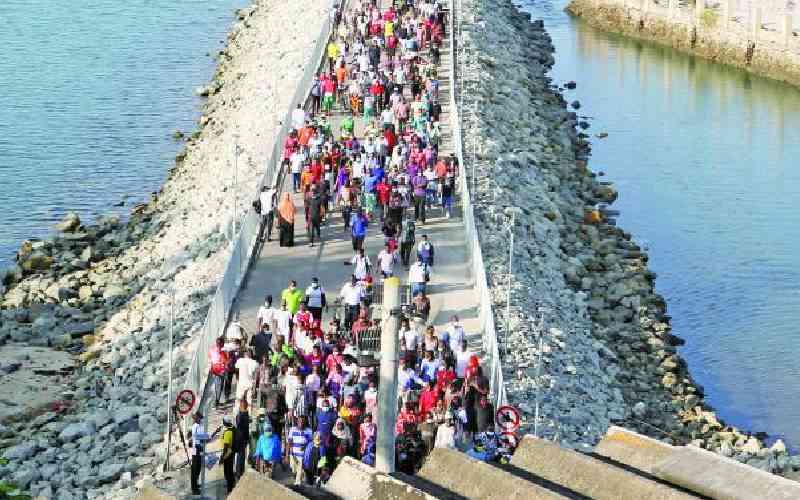×
The Standard e-Paper
Kenya's Bold Newspaper

Likoni ferry crossing channel has been grappling with a surge in human and vehicle traffic since July 1 when Kenya Ports Authority (KPA) suspended the Likoni floating footbridge.
KPA, which took charge of the ferry operations two years ago, closed down the Sh1.9 billion bridge to achieve 24-hour port services.